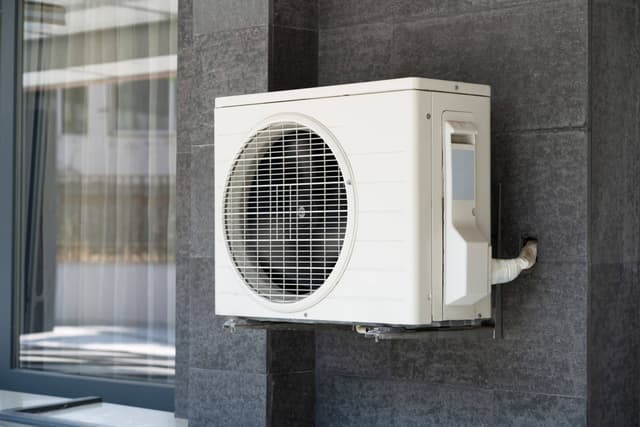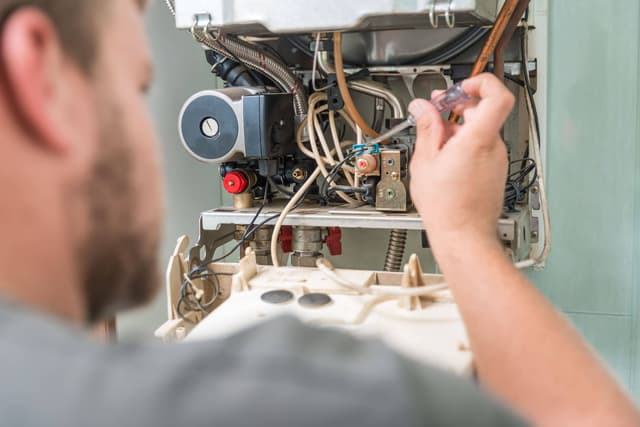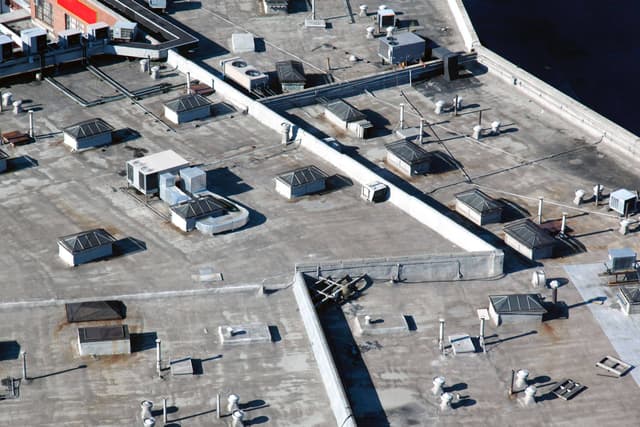Forced Air Units (Repair, Retrofits, and Replacement Services): Essential HVAC Solutions for Your Home
Understanding Forced Air Units
Forced air systems are a crucial component of many home heating and cooling setups within an HVAC system. These versatile units efficiently distribute conditioned air throughout a building using a network of ducts and vents.





















































































